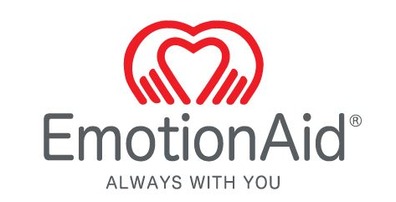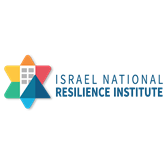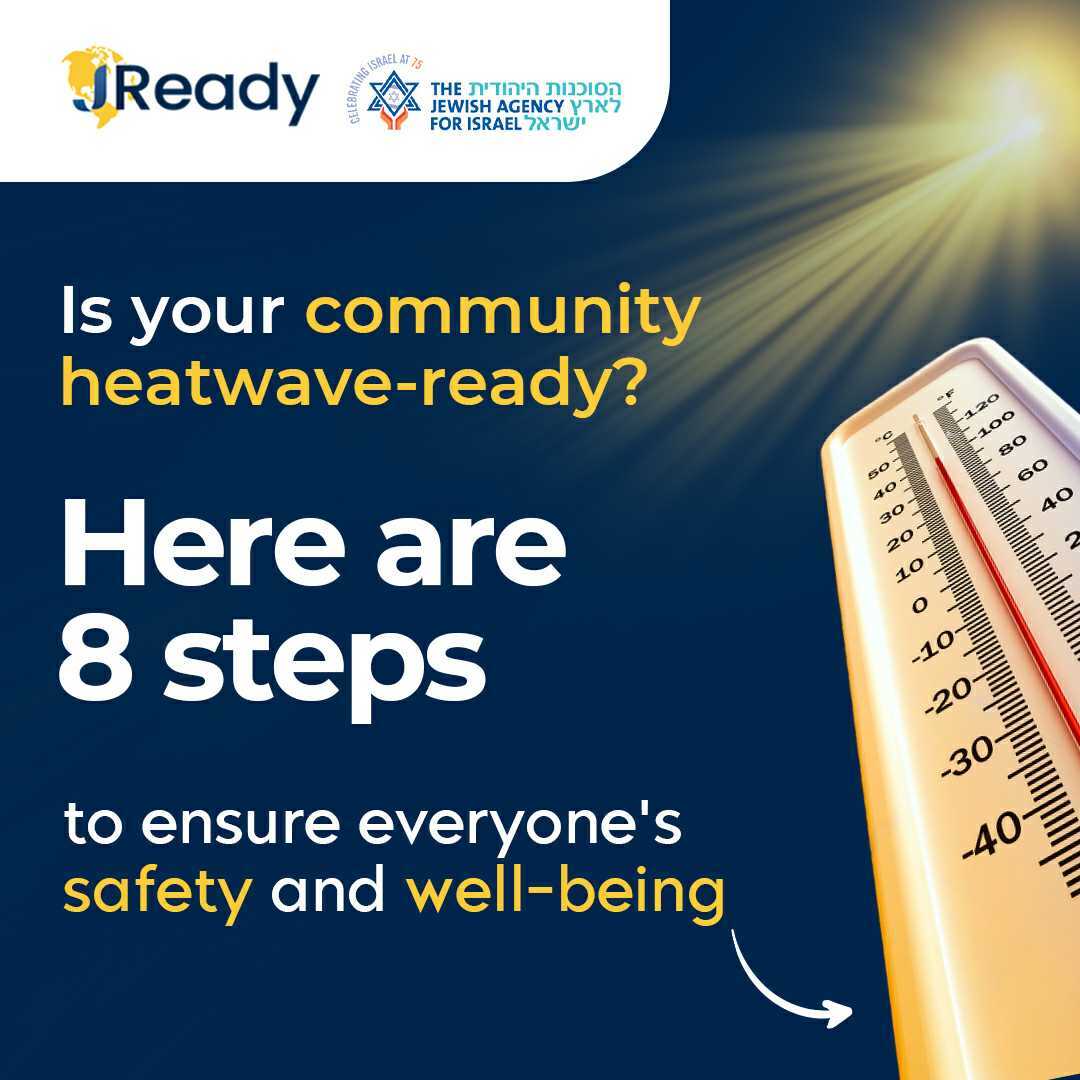Crisis Management

EmotionAid
Israel
We are all asking ourselves how to help, and provide the best care and support to people who experienced a traumatic shock. This presentation will support you, as a helper to provide the best care in the circumstances. In addition, our objective is to provide, structured guidance in our currently chaotic circumstances.
Visit EmotionAid for more information: https://emotionaid.com/

EmotionAid
Does your heart beat fast in times of stress or crisis?
Does your breathing get shallower? Does your body tremble?
Do you feel confused, disoriented, anxious, panicky, or helpless?
These are natural reactions in times of stress. They can be calmed and changed on the spot by taking the 5 simple steps in this guide.

Dr. Neri Horowitz
Israeli National Resilience Institute
Israel
This translated literature review provides a comprehensive and up-to-date review of the available literature on resilience-related publications from around the world. Graciously shared by our partners from the Israeli National Resilience Institute.
Hebrew

Oleg Livshitz
Israel
This comprehensive Community Logistic Preparedness presentation was built by Oleg Livshitz, a JReady intern and an expert in the field of crisis logistics and preparedness, with vast experience in logistics management. Oleg is the Founder & CEO of OL Maagan Consulting LTD and a Lieutenant colonel (res.) in the medical department of the IDF Home Front Command.
We highly recommend using this presentation along with OIeg’s guidance. Reach him through this email- oleg@olmaagan.com

Dr. Shiri Daniels
Executive Director of Counseling Eran; Member of JReady's professional committee
Israel
Crisis and disaster events can evoke overwhelming emotions: anxiety, anger, uncertainty, helplessness, and a sense of threat to our basic safety and security. In addition, for some the events may provoke earlier traumatic memories from a similar situation and/or intensify preexisting emotional difficulties. Crisis events undermine the sense that we have control over our lives, harm social resilience, and raise levels of anxiety and emotional distress among all of us: children, youth, and adults alike. At times, the emotional overload can paralyze us, leading us to close ourselves off and avoid contact with others. However, talking about our most difficult fears and disturbing thoughts can bring a great sense of relief during times of emotional distress.

Dr. Moran Bodas
These 5 tips by JReady expert Dr. Moran Bodas, will help you build trust and compliance in your community with covid-19 regulations and vaccinations.

Prof. Mooli Lahad
Founder and President of CSPC
Israel
In addition to listing hazards and evaluating risk, it is important to map the community’s diverse populations. For example, the community may contain groups of people who require special attention to ensure they receive information in a timely fashion. Does the community have members who speak a language other than the dominant one? If so, what sources do they use to get information? Are there community members who are unable to read? How do they get their information? What are the sources for people who are deaf or blind? Some of this information regarding community populations may be available through local services. Officials in various departments—for example, education, social and health services—may be familiar with various ethnic and language groups in the community.

Ministry of Interior
Training and Development of Local Municipalities Division
Israel
5 Principles for Operating a Municipal Model During an Emergency

Dr. Moran Bodas & Prof. Kobi Peleg
Israel
To contain the novel coronavirus disease (COVID-19) pandemic, health and government authorities have imposed sweeping selfquarantine
orders for communities worldwide. Health officials assume that the public will have high rates of compliance. However, studies
suggest that a major obstacle to compliance for household quarantine is concern about loss of income. A cross-sectional study of the adult population of Israel was conducted in the last week of February 2020 to assess public attitudes toward the COVID-19 outbreak. In particular, public compliance rates with self-quarantine were assessed, depending on whether lost wages would be compensated for. When compensation was assumed, the compliance rate was 94 percent. When compensation was removed, the compliance rate dropped to less than 57 percent. This study demonstrated that providing people with assurances about their livelihoods during self-quarantine is an important component of compliance with public health regulations.
